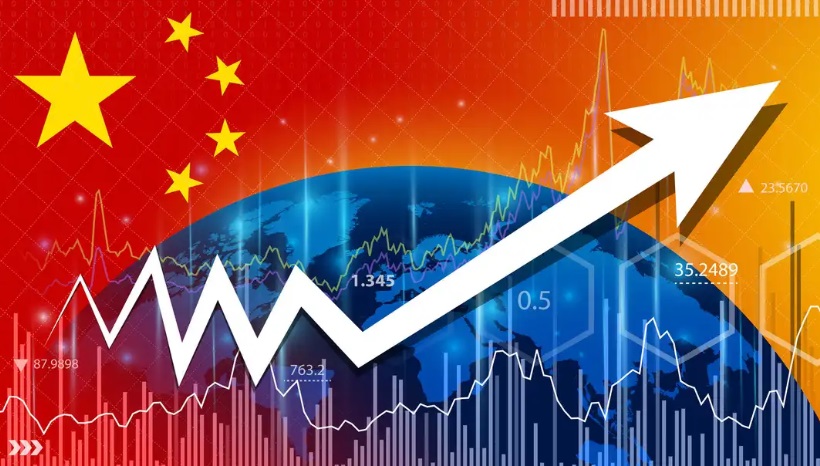For decades, China’s economic growth has been primarily driven by investment and exports. However, in recent years, the Chinese government has been shifting its focus towards a consumer-driven economy. This transition aims to create a more sustainable and balanced economic model by boosting domestic consumption. This article explores what insiders such as Kavan Choksi have to say about the strategies employed to achieve this transition, the opportunities it presents, the challenges faced, and the potential impact on both domestic and global markets.
Strategies for Boosting Domestic Consumption
Income Growth and Wealth Distribution:
- The Chinese government has implemented policies to increase household incomes and improve wealth distribution. By raising the minimum wage, providing tax cuts, and enhancing social welfare programs, the aim is to boost disposable income and encourage consumer spending.
Urbanization and Housing Policies:
- Urbanization is a key driver of consumption as city dwellers tend to spend more than rural residents. The government has been promoting urbanization through policies that facilitate rural-to-urban migration and by investing in affordable housing projects to accommodate the growing urban population.
Improving Consumer Confidence:
- Measures to enhance consumer confidence include strengthening consumer rights, improving product safety standards, and increasing transparency in the marketplace. Efforts to create a more trustworthy and reliable consumer environment are intended to encourage spending.
Expanding the Middle Class:
- A growing middle class is essential for a consumer-driven economy. Policies aimed at expanding the middle class include improving education and healthcare, which in turn increase earning potential and financial security, leading to higher consumption levels.
Opportunities Presented by the Transition
Economic Diversification:
- Shifting to a consumer-driven economy diversifies China’s economic base, making it less dependent on exports and investments. This diversification can lead to more stable and resilient economic growth.
Innovation and Industry Growth:
- Increased consumer demand drives innovation and growth in various industries, including technology, retail, and services. Companies are incentivized to develop new products and services to meet the evolving needs and preferences of consumers.
Enhanced Global Influence:
- A strong domestic market can enhance China’s influence in the global economy. As Chinese consumers’ purchasing power increases, international companies may seek to enter or expand their presence in the Chinese market, further integrating China into the global economic system.
Challenges in Transitioning to a Consumer-Driven Economy
Income Inequality:
- Despite efforts to improve wealth distribution, income inequality remains a significant challenge. Disparities between urban and rural areas, as well as between different regions, can hinder the overall increase in domestic consumption.
Aging Population:
- China’s aging population presents a challenge to sustaining high levels of consumption. As the population ages, a larger proportion of income may be allocated to healthcare and retirement savings rather than discretionary spending.
Debt Levels:
- High levels of household debt can constrain consumer spending. The rapid increase in housing prices and consumer credit has led to rising debt levels, which could limit the ability of households to increase their consumption.
Structural Adjustments:
- Transitioning to a consumer-driven economy requires significant structural adjustments. Shifting resources from investment-heavy sectors to consumption-oriented ones involves challenges such as retraining the workforce and reallocating capital.
China’s transition to a consumer-driven economy presents both opportunities and challenges. By focusing on boosting domestic consumption, the Chinese government aims to create a more sustainable and balanced economic model. This shift offers the potential for economic diversification, industry growth, and enhanced global influence. However, challenges such as income inequality, an aging population, and high debt levels must be addressed to ensure the success of this transition. As China continues to evolve its economic strategy, the ripple effects will be felt both domestically and globally, reshaping markets and influencing economic trends worldwide.

